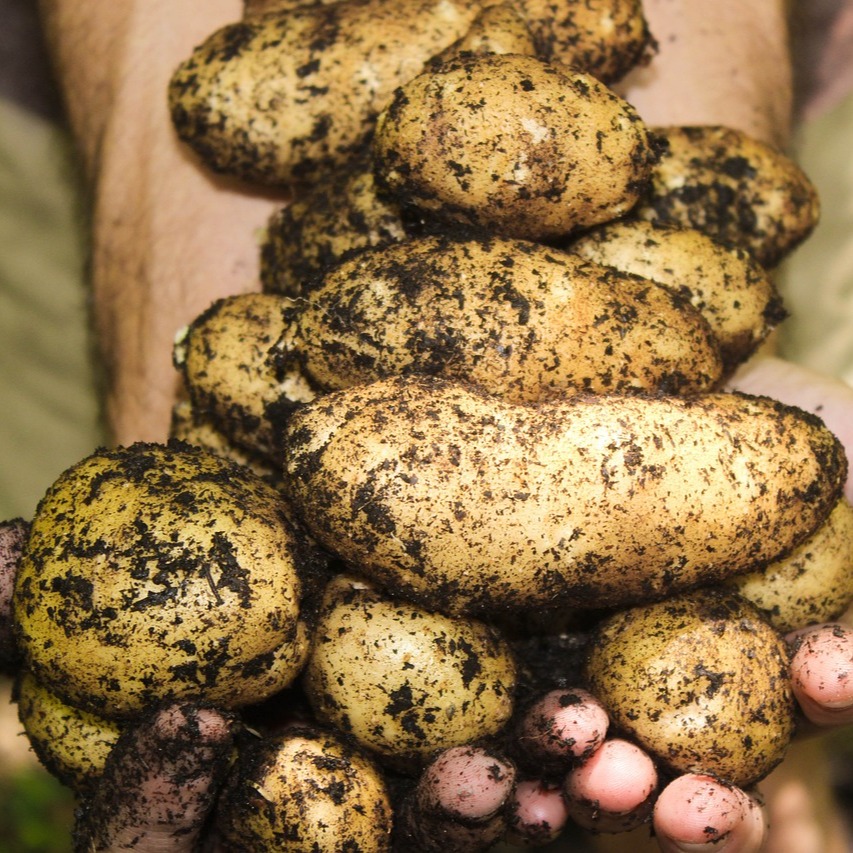
Introduction
Potatoes are one of the most popular and versatile root vegetables that can be grown successfully in the United Kingdom. With their delicious flavor and wide variety of culinary uses, growing potatoes in your garden can be a rewarding experience. In this comprehensive guide, we will walk you through the process of growing potatoes, from selecting the right variety to providing the necessary care for a bountiful harvest. Let's get started!
Choosing the Right Variety
When it comes to potatoes, there are numerous varieties suitable for the UK climate. Here are some popular choices:
- 'Maris Piper': A popular variety known for its versatility and excellent flavor.
- 'Charlotte': This variety produces firm, waxy potatoes that are great for salads.
- 'King Edward': An outstanding variety that offers large, floury potatoes with a fluffy texture.
- 'Desiree': This variety has red skin and yellow flesh, making it ideal for roasting and mashing.
Planting
Potatoes are typically grown from seed potatoes, which are small potatoes saved specifically for planting. Follow these steps to plant your potatoes:
- Preparing the seed potatoes: About a week before planting, place the seed potatoes in a warm, bright location to encourage sprouting. Cut large seed potatoes into smaller pieces, each containing at least one sprout or "eye". Allow the cut sides to dry and callus over before planting.
- Planting method: Dig trenches or individual holes that are 4-6 inches deep. Space the seed potatoes 10-12 inches apart in rows that are 2-3 feet apart. Place the seed potatoes in the trenches or holes with the sprouts facing upward, and cover them with soil.
- Hilling: As the potato plants grow, gradually mound soil around the base of the plants to cover the lower stems. This encourages the development of more potatoes and prevents greening of the tubers.
- Watering: Water the soil thoroughly after planting to ensure good soil contact around the seed potatoes. Throughout the growing season, keep the soil evenly moist but not waterlogged.
Growing
To ensure healthy growth and a bountiful harvest of potatoes, consider the following tips:
- Sunlight: Potatoes thrive in full sun. Aim to provide them with at least 6-8 hours of direct sunlight each day.
- Watering: Keep the soil consistently moist, especially during dry spells. Potatoes require regular watering, particularly during the period of tuber formation.
- Soil conditions: Potatoes prefer well-drained soil that is fertile and loose. Incorporate organic matter, such as compost or well-rotted manure, into the soil before planting.
- Fertilizing: Prior to planting, incorporate a balanced fertilizer into the soil to provide essential nutrients. Avoid excessive nitrogen fertilization, as it can promote excessive leaf growth at the expense of tuber development.
- Hilling: Continue hilling up soil around the base of the plants as they grow to encourage more tuber development and protect the developing potatoes from light exposure.
- Pest and disease management: Monitor your potato plants regularly for signs of pests or diseases, such as potato beetles or blight. Take appropriate measures to control or prevent these issues.
- Harvesting: Potatoes are typically ready to harvest when the tops of the plants turn yellow and start to wither. Carefully dig up the tubers using a fork or shovel, taking care not to damage them.
Conclusion
Growing potatoes in the United Kingdom allows you to enjoy the delicious flavor and versatility of this beloved root vegetable. By choosing the right variety, providing proper care, and addressing common challenges, you can cultivate healthy potato plants that provide a bountiful harvest. Whether you enjoy them roasted, mashed, or in soups and stews, homegrown potatoes will surely enhance your culinary experiences. Happy potato growing!